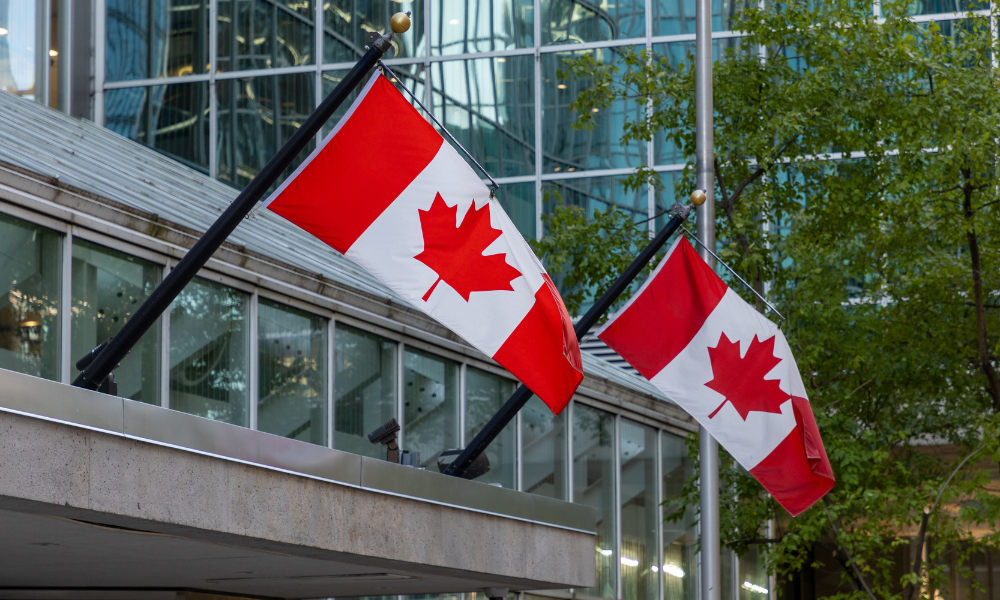
Ottawa cites 'well-managed, sustainable pension plan' – but PSAC calls for reversal of two-tier pension system

The federal government is taking steps to manage a significant $1.9-billion surplus in the public service pension fund, with plans to transfer the excess to the Consolidated Revenue Fund (CRF) while future actions are determined.
In a statement released on Nov. 25, Anita Anand, president of the Treasury Board, confirmed the government’s intent to address the “non-permitted surplus” in the pension plan, which exceeds the limit established under the Public Service Superannuation Act.
"The government of Canada is committed to providing federal public servants with a well-managed and sustainable pension plan, fully guaranteed," said Anand.
Most Canadians are afraid they may not have enough cash saved up for life after work. In fact, 61% of Canadians fear running out of money in retirement, according to a previous CPP Investments report.
The public service pension plan, supported by contributions from both the federal employer and active plan members, is designed to provide federal public servants with lifetime retirement income based on their salary, service, age, and termination circumstances.
A Special Actuarial Report tabled in the House of Commons confirmed that the plan had entered a “non-permitted surplus” position as of March 31, 2024. This occurs when a pension fund’s assets exceed its liabilities by more than 25%, a threshold defined under the Public Service Superannuation Act.
Anand emphasized the government’s legal obligation to act under these circumstances. “As considerations and next steps are explored, discussions with relevant stakeholders will continue,” she stated.
To comply with federal law, the government intends to transfer the surplus to the CRF, Canada’s central operating account. The CRF, managed by the Receiver General, is where federal revenues are deposited and from which funds are withdrawn to cover public services.
Once transferred, the surplus will no longer count as part of the pension plan’s assets, bringing it below the legislated threshold. This action ensures that the pension plan remains compliant with the Public Service Superannuation Act while providing time for further consultation with stakeholders.
“Once this transfer is made, there will no longer be a non-permitted surplus in the pension plan. As considerations and next steps are explored, discussions with relevant stakeholders will continue,” said Anand.
“Federal public servants continue to benefit from a well-managed and sustainable pension plan and can be confident in its continued health in the years ahead.”
The surplus cap is legislated under both the Public Service Superannuation Act and the Income Tax Act. Section 147.2(2)(d) of the Income Tax Act specifies that registered pension plans must limit surpluses to avoid overfunding.
Overall, 51% of Canadians believe their retirement savings are falling behind, according to a previous report from Manulife.
Meanwhile, the Public Service Alliance of Canada (PSAC) is disappointed that the government is not using the surplus to reverse the unfair two-tier pension system introduced by the Harper Conservatives in 2012.
Under the Harper changes, federal workers who started their jobs on or after Jan. 1, 2013 must work five years longer to reach full retirement, said the union, adding that “this inequality is fundamentally unjust.”
“Federal workers built this pension surplus through their own hard-earned contributions, and taking these funds is a betrayal of their trust,” said Sharon DeSousa, PSAC national president. “It also sets a dangerous precedent for all Canadian employers who may now be eying the pension contributions of other public sector workers.”
PSAC said it presented a cost-neutral proposal to the government more than six months ago to divert a portion of the total surplus to reverse the Harper-era attack on pensions.
“We have already presented the government with a responsible plan for this surplus that comes at no cost to Canadian taxpayers and would reverse Harper’s inequitable pension system,” said DeSousa. “Our members are tired of the government’s broken promises of consultation – from Phoenix to telework – and now workers will have to wait even longer for pension fairness.”
Half of Canadians have nothing saved up for retirement, according to a previous report.